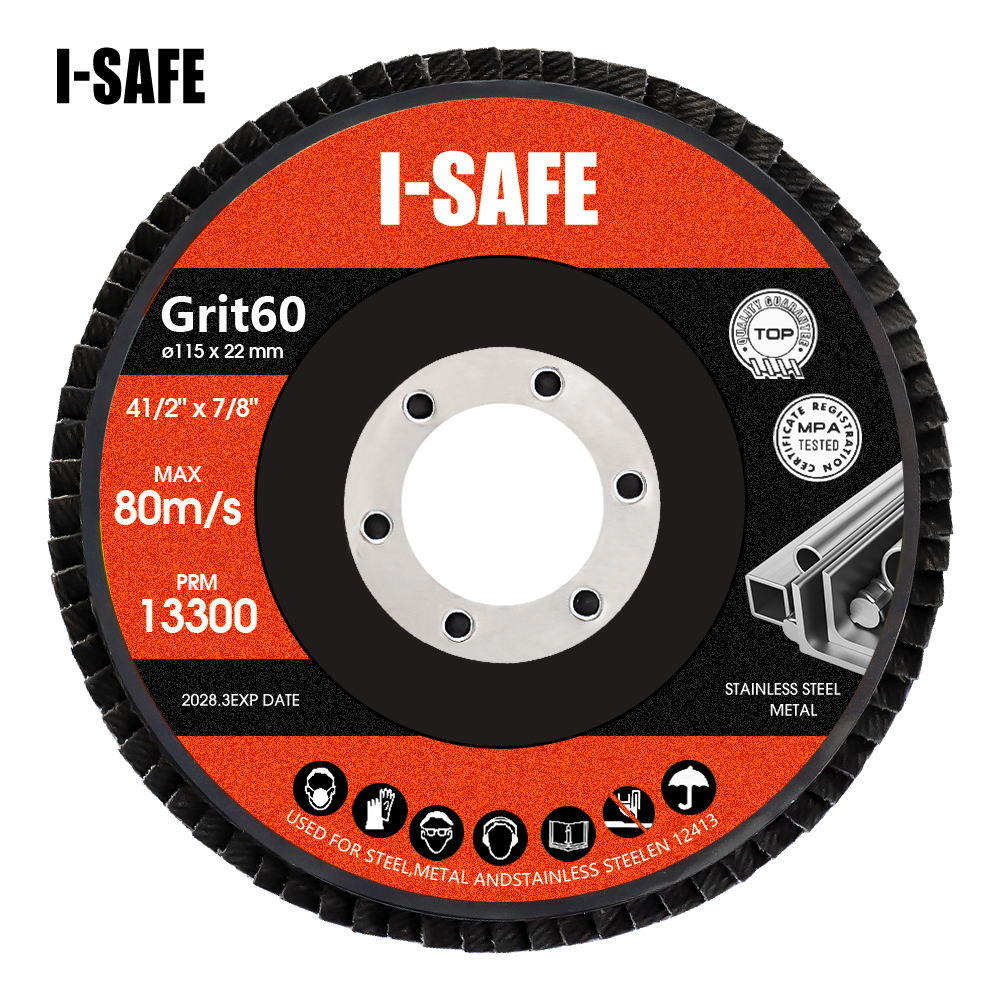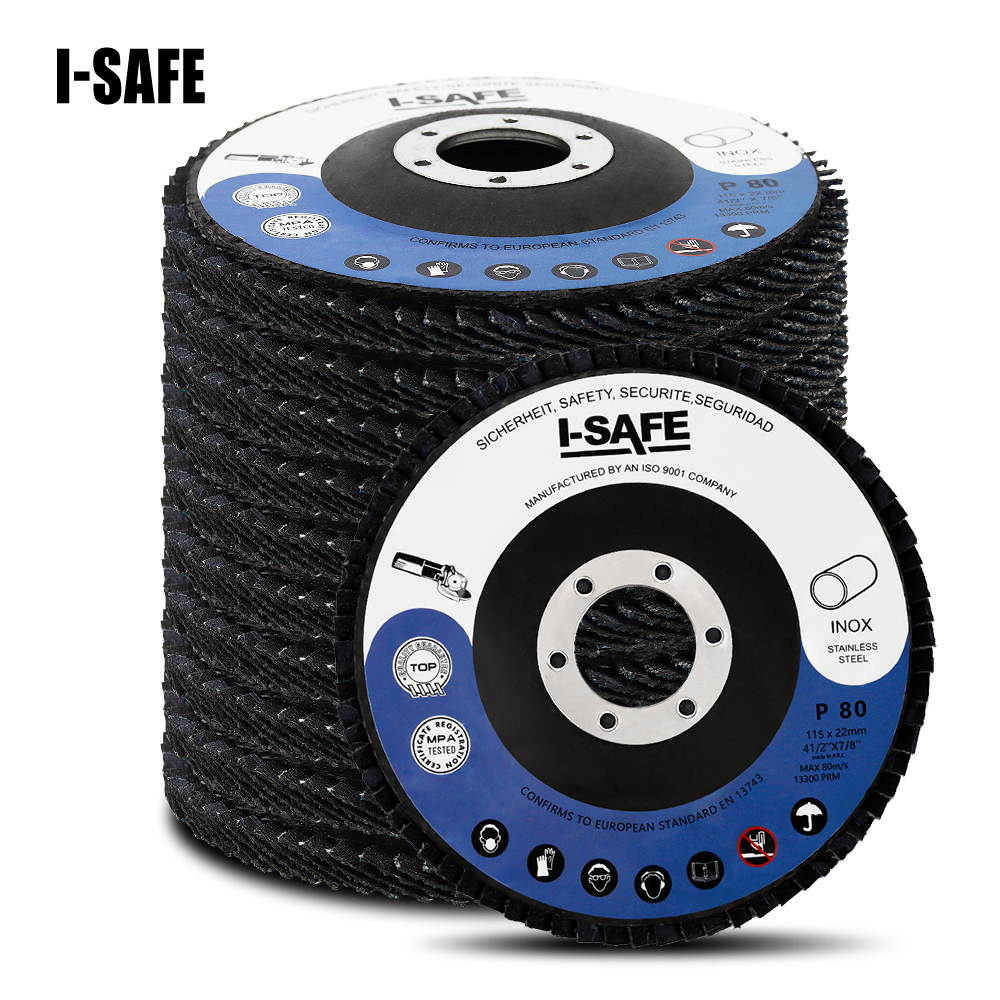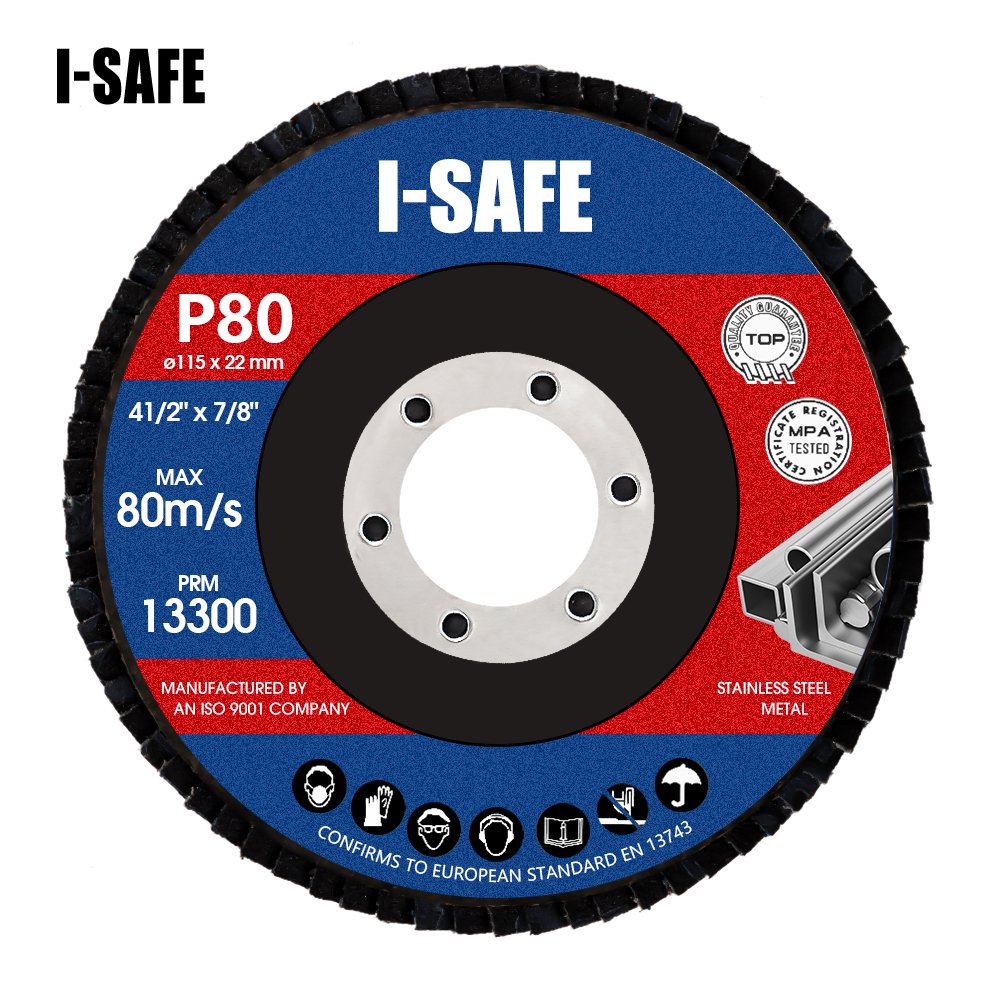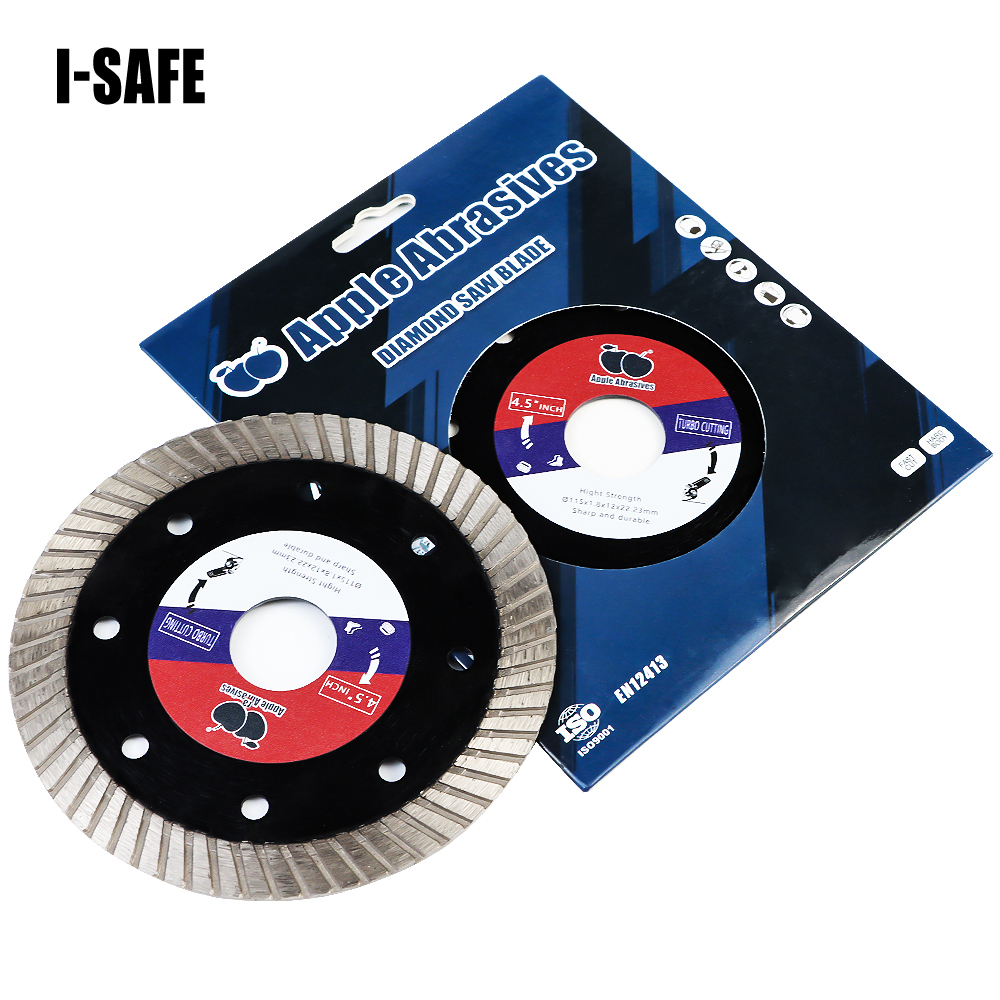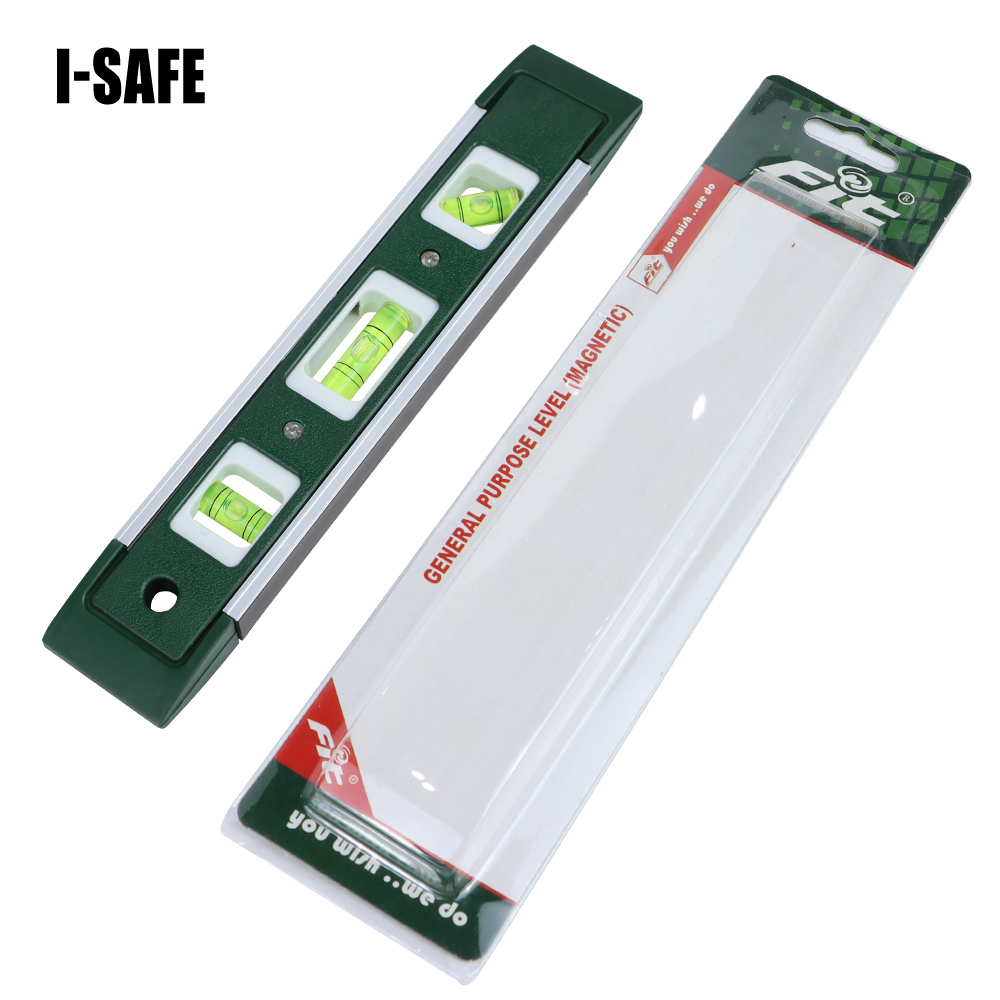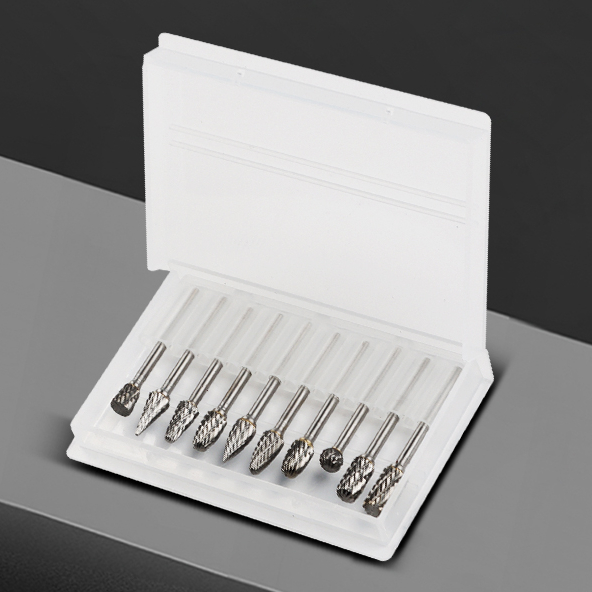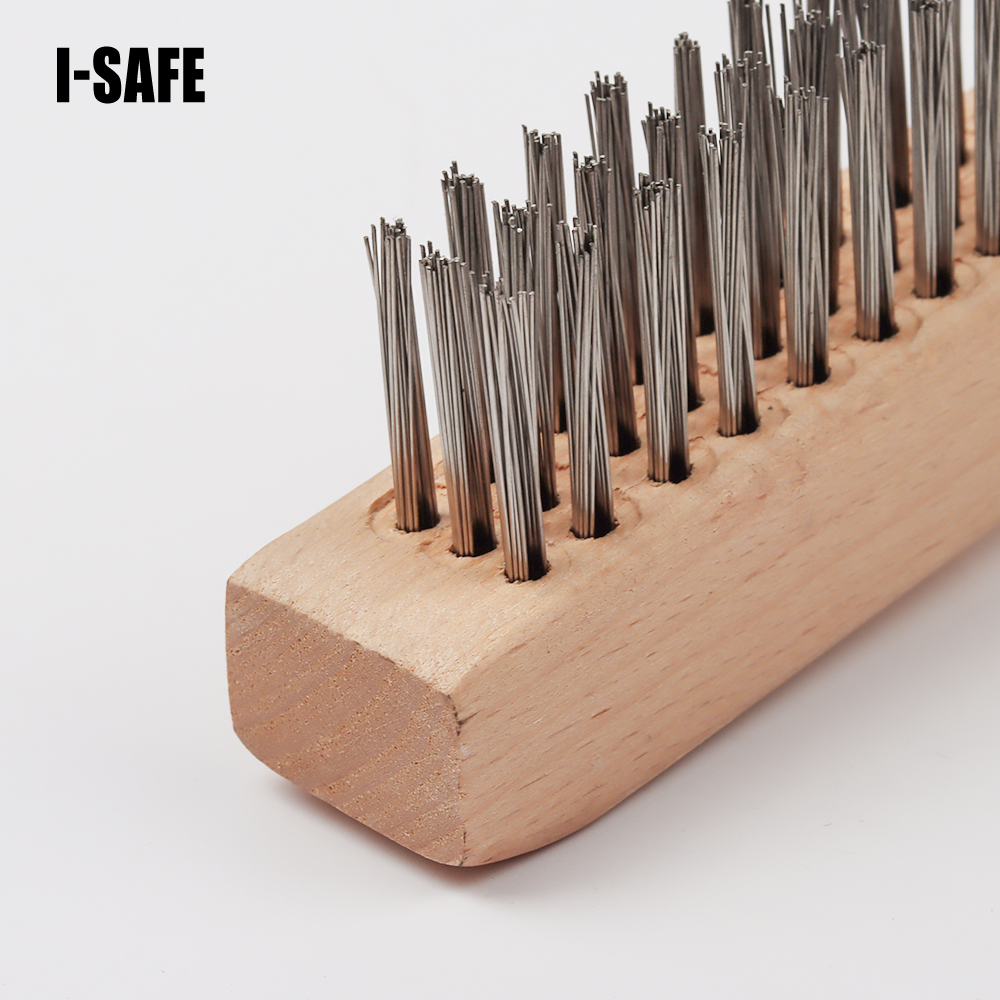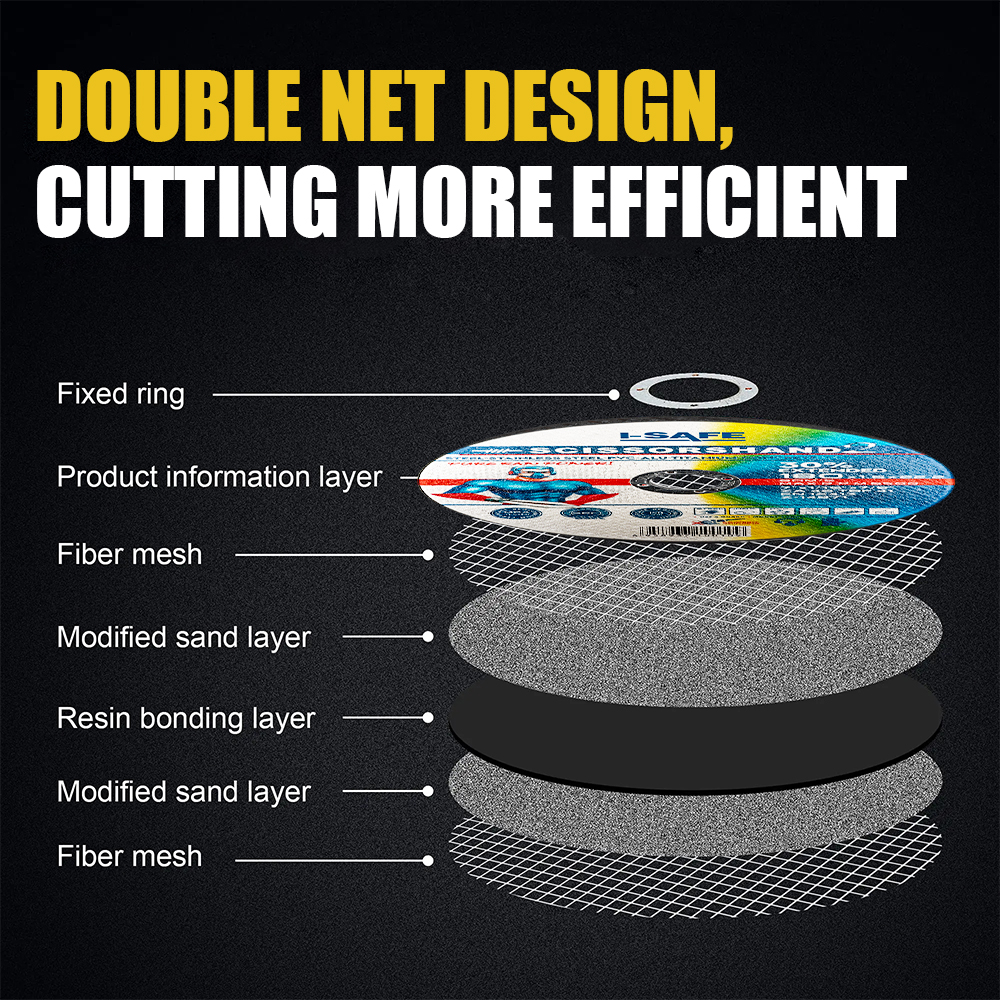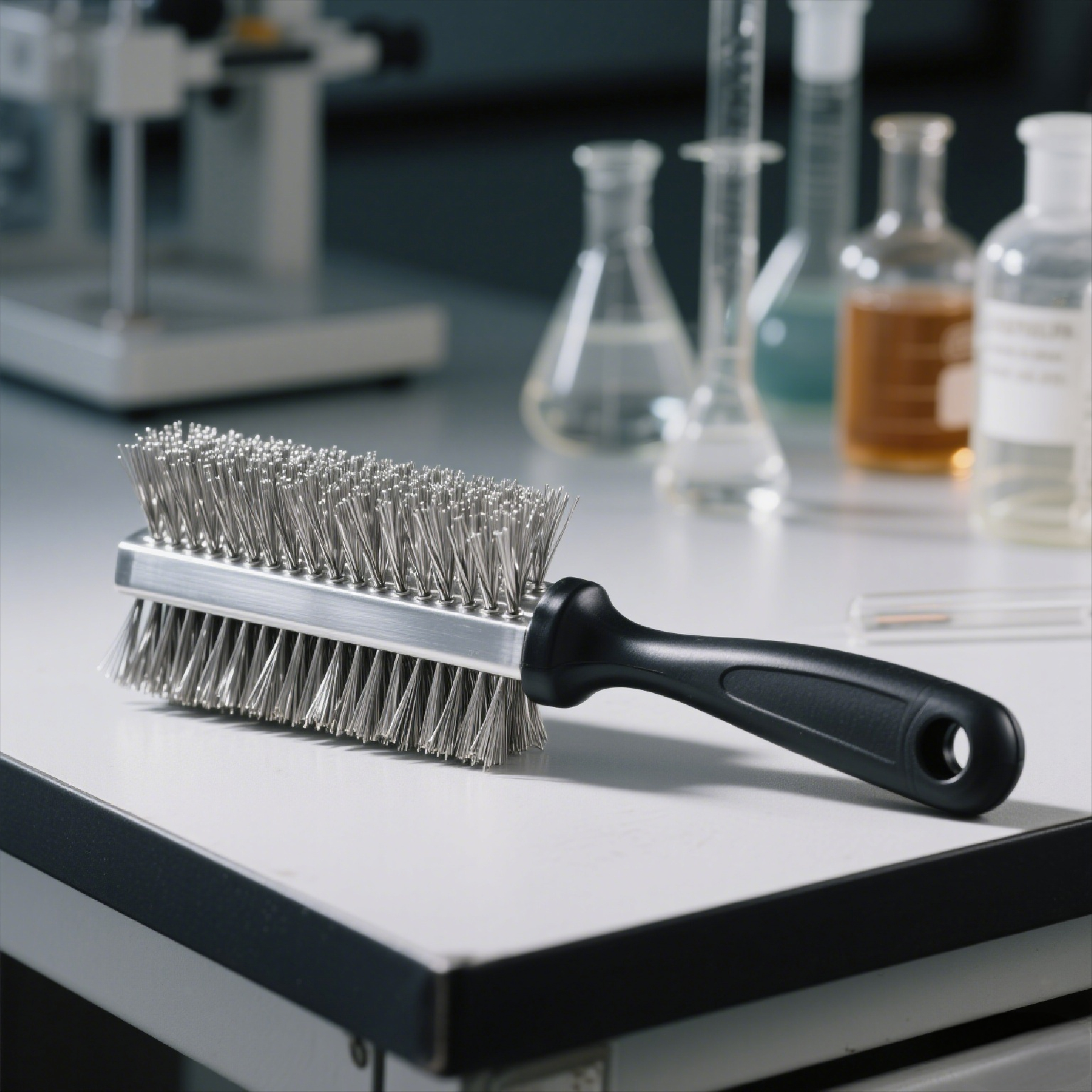Common alloy grinding head materials include diamond, cubic boron nitride (CBN), aluminum oxide, silicon carbide, etc. The following is an introduction to their advantages and disadvantages.

● Diamond Alloy Grinding Head
Advantages: It has extremely high hardness and wear resistance. As the hardest substance in nature, it can efficiently grind various high-hardness materials, such as cemented carbide, ceramics, etc.; It offers high machining precision and can maintain good shape and dimensional accuracy, making it suitable for precision machining; It provides a good surface finish, enabling the processed surface to achieve a very low roughness.
Disadvantages: The cost is relatively high, and the price is expensive; It has a strong affinity for ferrous metals and is likely to chemically react with metals such as iron, cobalt, and nickel at high temperatures. Therefore, it is not suitable for grinding metal materials with a high iron content.
● Cubic Boron Nitride (CBN) Alloy Grinding Head
Advantages: Its hardness is second only to that of diamond. It has good wear resistance and thermal stability and can maintain high hardness and strength at high temperatures; It has good chemical stability and is not prone to reacting with ferrous metals. It is particularly suitable for grinding steel materials, especially high-hardness and high-strength alloy steels, quenched steels, etc.; It has high grinding efficiency, which can significantly improve the processing efficiency and reduce the processing cost.
Disadvantages: Compared with grinding heads made of materials like aluminum oxide and silicon carbide, the cost is higher; When grinding certain non-ferrous metals and non-metallic materials, the grinding effect is not as ideal as that of diamond grinding heads.
● Aluminum Oxide Alloy Grinding Head
Advantages: It has relatively high hardness, good wear resistance, and cutting performance, and can effectively grind metal materials of general hardness, such as carbon steel, alloy steel, etc.; It has good toughness and is not easy to break, and can withstand a certain impact load; The price is relatively low, and it has high cost-effectiveness, making it suitable for various conventional grinding processes.
Disadvantages: When grinding materials with relatively high hardness, it wears out quickly, and its service life is relatively short; In grinding processes requiring high precision and high surface finish, its performance is not as good as that of diamond or CBN grinding heads.
● Silicon Carbide Alloy Grinding Head
Advantages: Its hardness is higher than that of aluminum oxide. It has better wear resistance and self-sharpening properties, and can maintain the sharpness of the cutting edge well, resulting in relatively high grinding efficiency; It has good thermal conductivity and can quickly dissipate the grinding heat, reducing the possibility of workpiece deformation and burning caused by heat; It is suitable for grinding a variety of materials, including cast iron, copper alloys, aluminum alloys, and some non-metallic materials.
Disadvantages: Its toughness is relatively poor, and it is easy to break. Care should be taken to avoid excessive impact during use; It is not suitable for grinding extremely high-hardness materials, such as cemented carbide.


